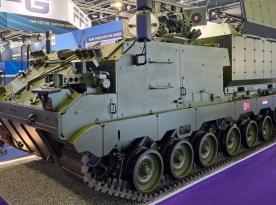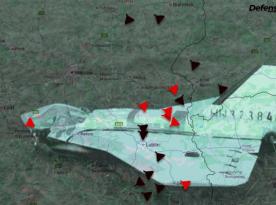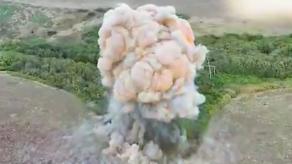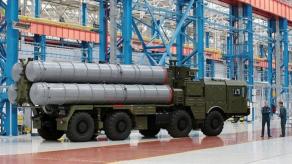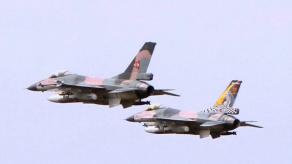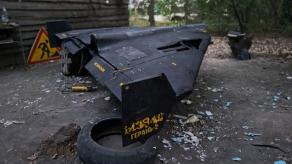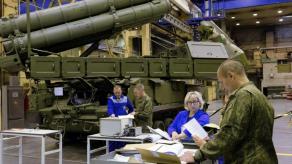A media celebrity in the early days of the russo-Ukrainian war, the Bayraktar TB2 aerial combat drone from Baykar Makina has seen a steep drop in popularity recently. However, it doesn't one bit mean that this reconnaissance and strike vehicle is no longer used.
Another evidence of that is the new video from the Defense Intelligence of Ukraine (DIU) showcasing its attack on a boat with russian troops near the occupied coastal village of Zaliznyi Port in southern Ukraine.
Read more: Japan Weighs Bayraktar UCAV Purchase After its Success in Ukraine
Although the DIU report didn't say explicitly that it was a Bayraktar TB2 carrying out the mission, it's easy to recognize by the distinct combat HUD. Notice the very characteristic target lock crosshairs and the scale above it, always present in videos from Bayraktar's POV:
Moving on to the details of the strike itself, the footage captures the laser designation of the target, a necessary step for using a precision-guided weapon. But here is where it becomes interesting: DIU's message states that the strike was delivered by a missile.
This raises questions because the usual arsenal of this drone features no missiles, just small-sized glide bombs with semi-active laser guidance. Primarily those of the MAM-L type, weighing 22 kg including the 10-kg warhead. Their firing range is 8 km.

There's also the smaller MAM-C bomb, which also relies on a similar guidance system. With a modest weight of 6.5 kg (incl. 2.5 kg warhead) and a diameter of 70 mm, its firepower is still enough to destroy a boat-sized target.
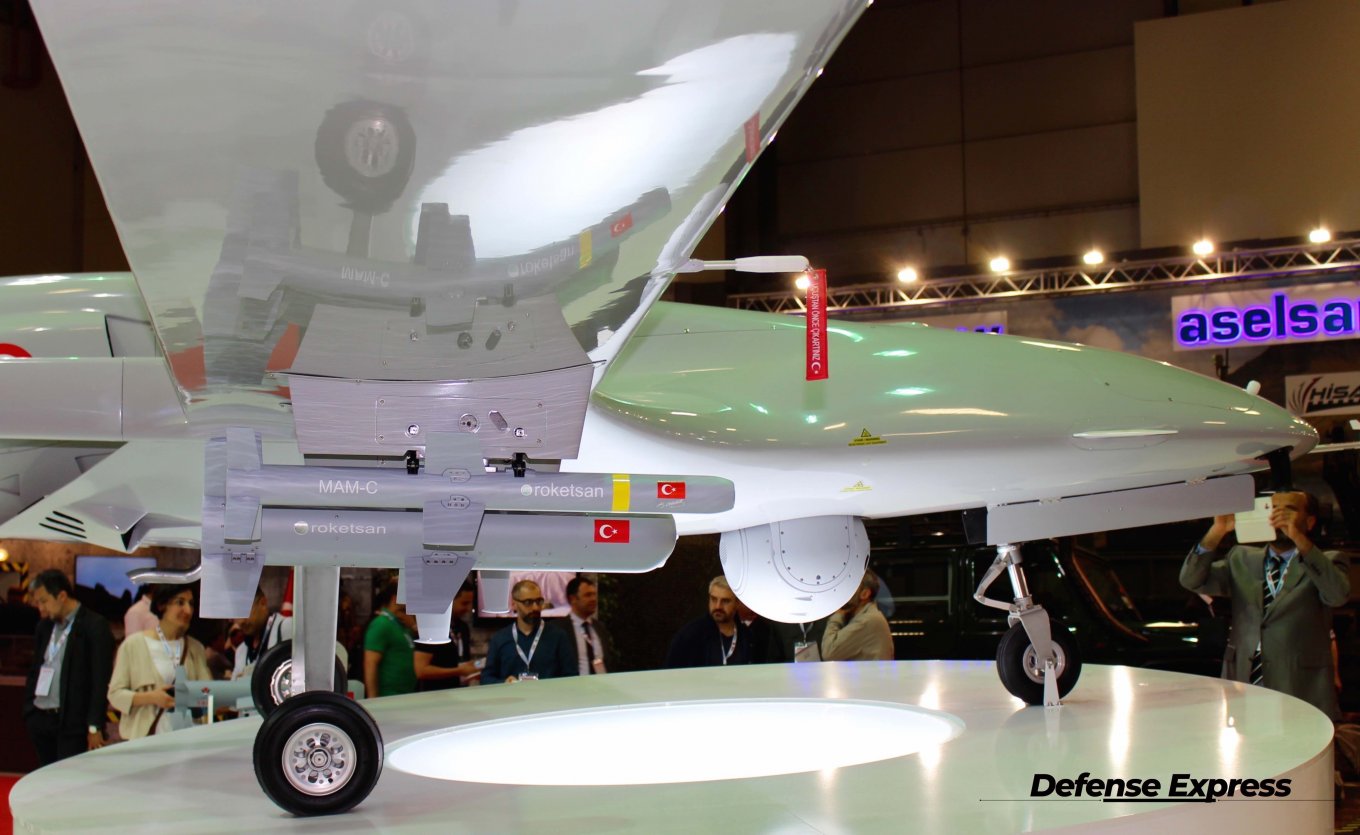
Usually, only these two bombs weaponize the Bayraktar TB2. However, Roketsan — the developer of MAM-C and MAM-L — also once offered Cirit missiles for arming this UCAV. The Cirit is a 70mm precision missile with semi-active laser guidance and a range of 8 km. Basically, it's capabilities are identical to American APKWS or Belgian FZ275 LGR.

The home company Baykar has a similar solution, too: Bayraktar Kemankeş is its latest product, a miniature cruise missile weighing 35 kg (warhead: 6 kg) also compatible with Bayraktar TB2. Despite being much lighter than a conventional cruise missile, it operates in an impressive 200-km range, maintaining direct communication with the operator at distances up to 50–100 km depending on circumstances.
Though worth noting, it does not require laser designation of the target because it has its own optical contrast seeker with target recognition algorithms. Utilizing this missile to strike down a boat would be inefficient.
Bayraktar #KEMANKEŞ 1 Atış Testi Firing Test#MilliTeknolojiHamlesipic.twitter.com/QZGHyHy76K — BAYKAR (@BaykarTech) December 28, 2024
Therefore, the strike in this instance could have been delivered by a MAM-C, mistakenly labeled a "missile," or with the new Cirit, just adopted by the Bayraktar TB2 combat drone. Less likely but still possible is that it was some other novel, unknown munition.
An entirely different view of events is if Bayraktar TB2 was only illuminating the target while the strike was launched from elsewhere, be it another drone or a coastal weapon system. In that case, options are limitless.
Read more: Ukrainian Intelligence Reveals New russian UAV Built with Chinese, American, Swiss, Japanese, and Taiwanese Components





